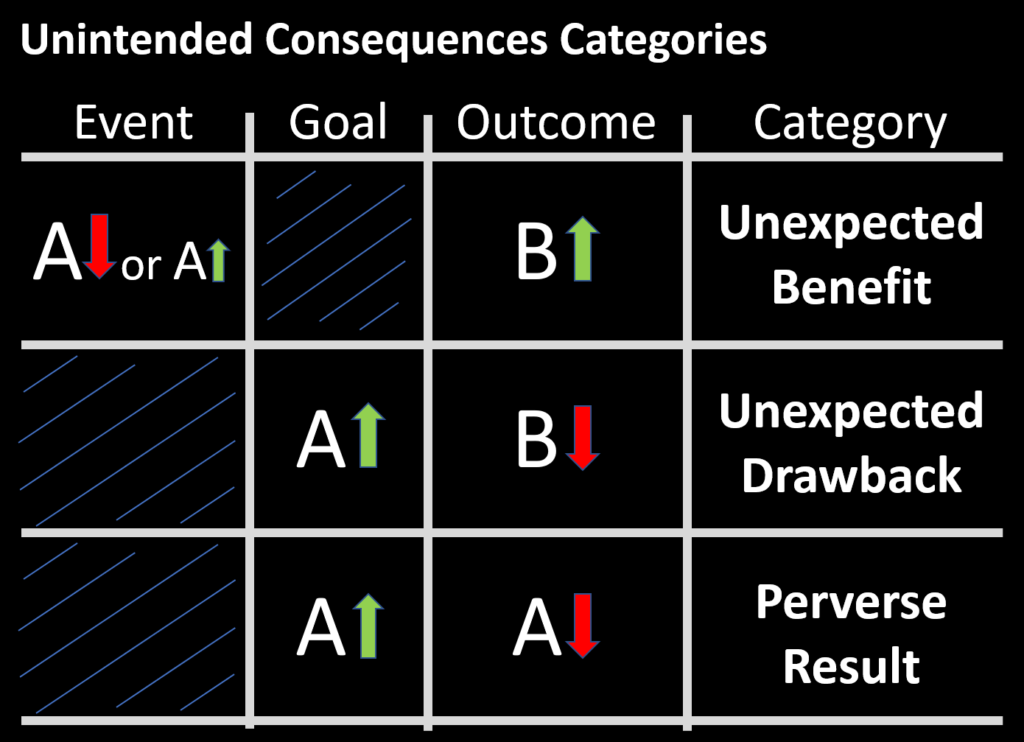Ignorance is one of the causes of unintended consequences listed by Robert Merton in “The Unanticipated Consequences of Purposive Social Action” (the others being error, short-term vs long-term interests, basic values, and the self-defeating prophecy).
Let’s look at what ignorance is, what causes ignorance, effects of ignorance in society, and how it impacts us in unexpected ways. Continue reading “Acquiring Ignorance”
